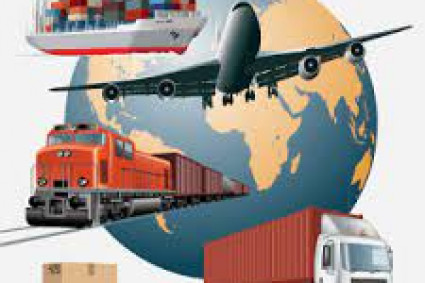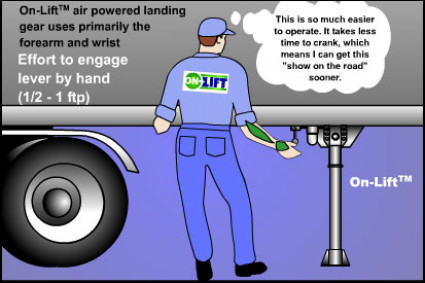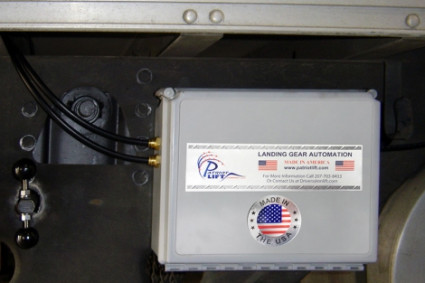In the ever-evolving landscape of transportation, the quest for efficiency, sustainability, and convenience continues to drive innovation. From urban centers grappling with congestion to the global imperative of reducing carbon emissions, the demand for cutting-edge transport services has never been more pronounced. Fortunately, advancements in technology are paving the way for transformative solutions that promise to reshape the way we navigate our cities and beyond.
The Rise of Smart Mobility
Smart mobility encompasses a spectrum of innovative solutions aimed at optimizing transportation networks and enhancing the user experience. At its core lies the integration of digital technologies, data analytics, and sustainable practices to create seamless and efficient transportation ecosystems.
One of the hallmarks of smart mobility is the proliferation of ride-hailing and ride-sharing platforms. Companies like Uber, Lyft, and DiDi have revolutionized urban transportation by offering on-demand mobility services through smartphone apps. These platforms not only provide convenient alternatives to traditional taxis but also promote resource sharing and reduce the need for private car ownership, thereby alleviating traffic congestion and lowering carbon emissions.
Electric Revolution: Electrifying Transport
The shift towards electrification represents a pivotal moment in the transportation industry's quest for sustainability. Electric vehicles (EVs) are rapidly gaining traction as viable alternatives to traditional gasoline-powered cars, thanks to advancements in battery technology, declining costs, and growing environmental awareness.
Major automakers are investing heavily in EV development, with Tesla leading the charge in pioneering electric cars with long ranges and fast-charging capabilities. Moreover, governments worldwide are incentivizing the adoption of EVs through subsidies, tax breaks, and infrastructure investments, aiming to accelerate the transition towards a zero-emission future.
Autonomous Transportation: Towards Driverless Mobility
Autonomous vehicles (AVs) represent the pinnacle of transportation innovation, promising to revolutionize mobility by eliminating the need for human drivers altogether. Equipped with an array of sensors, cameras, and artificial intelligence algorithms, AVs can perceive their surroundings, navigate complex traffic scenarios, and safely transport passengers to their destinations.
While fully autonomous vehicles have yet to achieve widespread deployment due to regulatory hurdles and technological challenges, significant progress has been made in recent years. Companies like Waymo, Cruise, and Aurora are conducting extensive testing and pilot programs, inching closer to the realization of a driverless future.
Urban Air Mobility: Taking to the Skies
The concept of urban air mobility (UAM) heralds a new era of transportation, where vertical takeoff and landing (VTOL) aircraft promise to alleviate congestion and shorten travel times by ferrying passengers above city streets. Enabled by advancements in electric propulsion, lightweight materials, and autonomous flight technology, UAM vehicles offer a glimpse into the future of urban transportation.
Companies like Volocopter, Joby Aviation, and EHang are developing electric VTOL aircraft capable of transporting passengers autonomously within urban environments. While regulatory approvals and infrastructure development remain key challenges, UAM holds immense potential for revolutionizing short-distance travel and connecting previously inaccessible regions.
Sustainable Logistics: Greening the Supply Chain
Beyond passenger transport, the logistics industry is also undergoing a green transformation in response to growing environmental concerns. E-commerce giants like Amazon are investing in electric delivery vans, cargo bikes, and drone delivery systems to minimize carbon emissions and reduce the ecological footprint of last-mile logistics.
Furthermore, initiatives such as shared freight networks, route optimization algorithms, and alternative fuel-powered trucks are helping to streamline supply chains and minimize the environmental impact of transporting goods. By embracing sustainable practices, the logistics sector is poised to play a pivotal role in building a more eco-friendly transportation infrastructure.
Conclusion
As we stand on the brink of a transportation revolution, the future of mobility holds boundless possibilities. From smart mobility solutions that optimize urban transit to electric vehicles that redefine the automotive industry, innovation is driving profound changes in the way we move people and goods.
However, realizing the full potential of cutting-edge transport services requires concerted efforts from policymakers, industry stakeholders, and the public. By fostering collaboration, embracing sustainable practices, and investing in transformative technologies, we can navigate towards a future where Jeddah Airport Taxi is efficient, accessible, and environmentally responsible.
In this journey towards a smarter, greener future, the possibilities are endless, and the rewards are immeasurable. It's time to embark on this transformative voyage and shape the future of transportation for generations to come.








